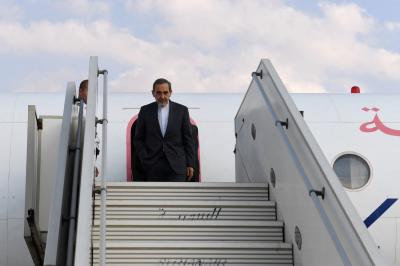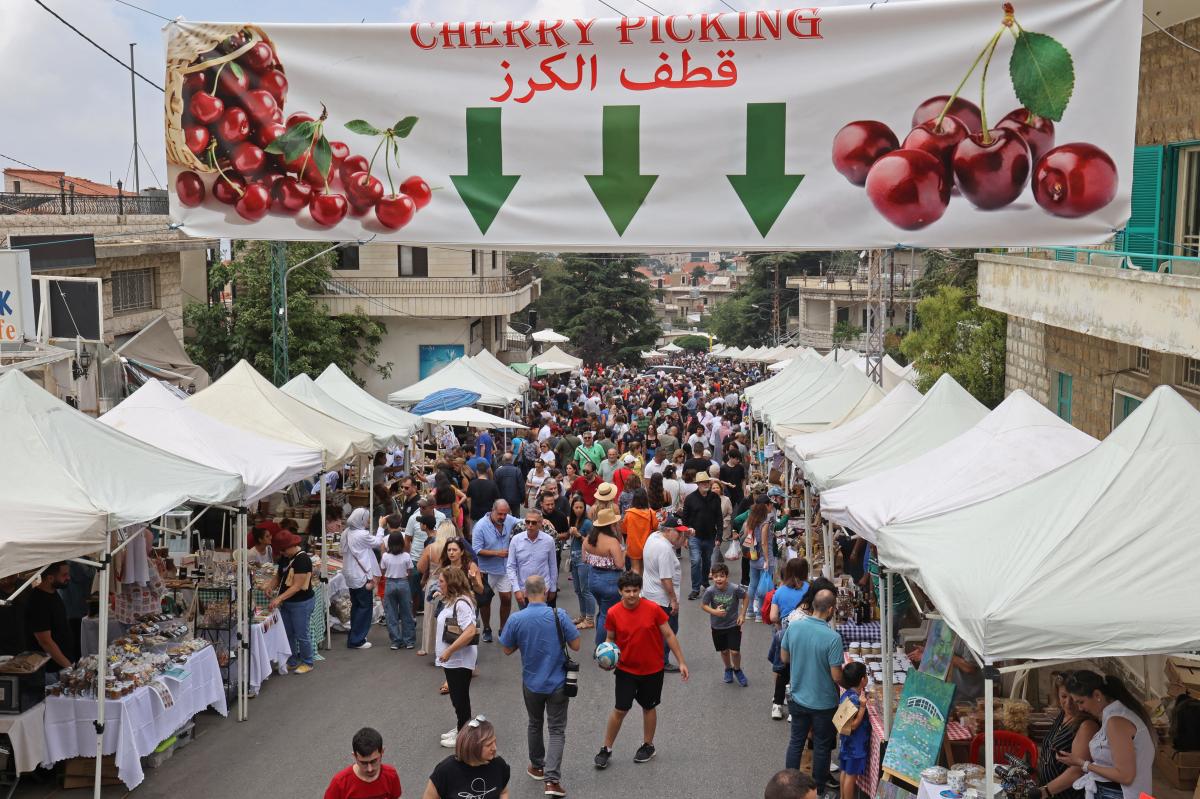A workshop held in Zahle, aimed at improving Lebanese cherry exports to the European Union under a Swedish development aid project, quickly shifted focus from technical discussions to farmers’ growing concerns. The session, meant to address pest control to help Lebanese fruit meet EU standards, became the stage for a painful outcry that exposed a deeper crisis: a disastrous season for stone fruits, especially cherries, almonds, and peaches, due to extreme weather.
A Frost Blow—and a Production Catastrophe
The damage extended beyond cherries. Almond and peach orchards across Zahle, Ainata, Biskinta, Arsal, Ferzol, and Niha were hit by a sudden, deadly frost in late March. The overnight cold spell devastated crops in what is considered a key agricultural belt in Lebanon.
Agriculture and food systems expert, engineer Bashar Brou, explained that the frost struck at a critical time, sparing only a few late-blooming varieties or those planted in sheltered spots. The result? A dramatic drop in yield. One veteran grower from Wadi al-Araish reported harvesting barely 10% of the usual crop.
Fewer Cherries, Higher Prices
Unofficial estimates place Lebanon’s typical annual cherry production between 18,000 and 20,000 tons, with 8,000 to 10,000 tons exported. This year, however, output is projected at just 12,000 tons—a shortfall that could disrupt the balance between local consumption and exports.
Despite the low yield, prices are not expected to fall. Quite the opposite: a kilogram of cherries currently sells for $7 to $13, depending on quality. This could dampen domestic demand but may help maintain export levels, assuming farmers meet the technical requirements of foreign markets.
A Deepening Livelihood Crisis
The most alarming aspect of the situation lies in the fact that fruit farmers—whether they grow apples, cherries, almonds, or peaches—rely almost entirely on a single harvest per year. A failed season means an immediate hit to their livelihoods. It jeopardizes their ability to afford food, fuel, education, and even the continued upkeep of their farms.
Bashar Brou warns that the issue is no longer seasonal—it’s part of a broader climate shift that could endanger agriculture in Lebanon altogether if new policy and extension systems are not designed to cope with the changes.
Hormonal Imbalance: Trees Blooming Twice
This is no longer theoretical. During a field visit to Ballouneh, Brou observed an apple tree blooming a second time while its previous fruit had yet to be picked—clear evidence of climate disruption affecting the tree’s hormonal cycle and vital processes.
Trees, like animals, rely on a consistent seasonal rhythm: cold winters followed by warm springs. But when this balance is disturbed, it triggers what Brou calls an “environmental shock,” causing the trees to send out false hormonal signals that lead to premature blooming, fruit drop, or stunted growth.
Toward a New Agriculture—and New Practices
Despite the gravity of the crisis, official and agricultural responses remain inadequate. Brou calls for a shift from reactive measures to proactive planning, warning that traditional farming practices are no longer sustainable. For instance, spraying pesticides at old seasonal intervals may now damage rather than protect crops. Similarly, tilling the land during drought conditions may deplete remaining soil moisture and worsen water shortages.
Time Is Running Out
This year’s stone fruit loss is not a one-off—it is a deafening alarm bell. Lebanon’s climate is shifting, ecosystems are destabilizing, and farmers are left exposed without the tools or support they need. Without swift action to implement science-based, climate-aware agricultural policies, Lebanon’s food security—and the livelihoods of thousands of farming families—will hang in the balance.
This is a critical moment. The state, municipalities, and international partners must work collaboratively to rescue agriculture from collapse. The future of the land—and of those who depend on it—is at stake.
Please post your comments on:
comment@alsafanews.com
 Politics
Politics













